Croatia’s eclectic variety of cities allows expats to experience all that is Croatia while living the perfect lifestyle. And, with the prevalence of English in Croatia, it comes down to where you prefer to live.
This is a list of the most livable cities in Croatia, from budget to luxury, where only knowing English won’t be a problem.
Croatia is essentially divided into two regions: Croatia Proper and Adriatic Croatia.
Secure Peace of Mind with Best-Value International Health Coverage
International Citizens Insurance provide free, no-obligation quotes from the leading international health insurance providers with plans tailored to meet your needs. Trusted by thousands of expats worldwide.
Croatia Proper
The hub of the country’s non-tourism-related industry and economy, Croatia Proper offers everything except the coastline.
1. Zagreb - the capital
The functional heart of the nation and home to a quarter of the population, Zagreb hosts the country’s largest expat community.
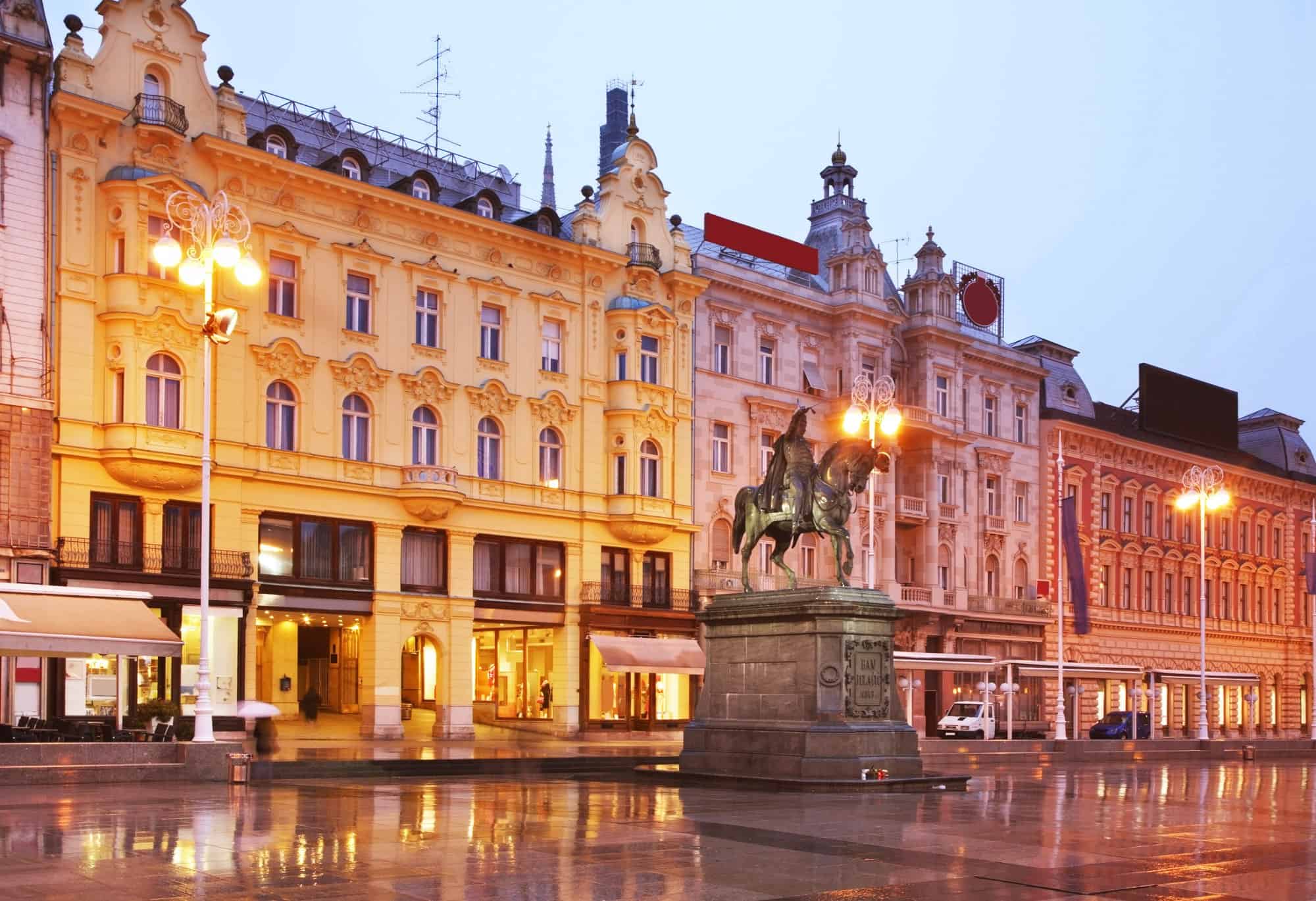
It’s Croatia’s primary international transportation hub hosting Zagreb International Airport, Glavni Kolodvor main train station, and the Zagreb Central Bus station. There are also 60 EV recharging points.
Zagreb is a large city with very walkable districts built around Croatia’s vibrant café culture.
The city is split into two areas: the Upper Town and Lower Town.
The Upper Town is the city center and Old City, while the Lower Town is more suburban and greener.
The Kaptol district is Zagreb’s main square, and it's full of bars, cafes, nightclubs, and restaurants offering international food and themes.
The gastronomic expertise at Noel, a Michelin-star restaurant, highlights contemporary cuisine paired with the finest wines of Croatia, France, and Italy.
For IPA and microbrew lovers, Medvedgrad has a dozen of their own brews on tap, and the Sheraton Zagreb Hotel hosts a fashionable afternoon tea. Or, try Cat Caffe Zagreb, where you can have a drink with the resident felines to keep you company.
Insider Tip: A secret spot for a great steak is The M Brothers Steakhouse. Breeding and raising their own cattle, The M Brothers is a genuine farm-to-plate 100% organic Black Angus experience. As they practice sustainable butchery, select cuts are limited, and reservations are recommended.
Zagreb offers several private hospitals, with St. Catherine Specialty Hospital being one of Europe’s preeminent options. Offering virtually every medical specialization, including dental, it’s been the choice of international athletes.
The city is also the hub of Croatia’s international schools. The American International School of Zagreb and the British International School of Zagreb are two of the largest. Finnish School International is slotted for September 2022.
Numerous modern malls, with Zagreb’s largest, the Arena Mall, and Ikea with Designer Outlet Croatia, a smaller version of the outlet malls you find in Milan, can be directly reached by public transportation from the city center.
Insider Tip: Zagreb city center offers free Wi-Fi. Whether on public transportation or walking down the street, simply connect to Grad Zagreb.
On average, Zagreb is the most expensive place to live in Croatia, except for the coast during the summer tourist season.
The most popular areas for expats to live are:
- Kaptol - very cultural, social, artsy, and shopping focused.
- Jarun - a residential area near The Arena Mall with a huge lake and tons of parks and universities.
- Novi Zagreb - in the Lower Town, this is a developing modern hub for residential city life and the choice of many celebrities.
- Maksimir – home to the zoo, large city park, and football stadium, it’s a well-connected urban with nature residential option.
- Velika Gorica - a suburb of Zagreb where the airport is located and a very popular residential area for families.
Zagreb is one of Croatia’s LGBTQ-tolerant cities and has an annual Pride parade.
2. Osijek - the city of parks
Zagreb, on a smaller scale with more affordability, Osijek is Croatia’s fourth-largest city and the cultural and economic hub of the nation’s eastern region, Slavonia.
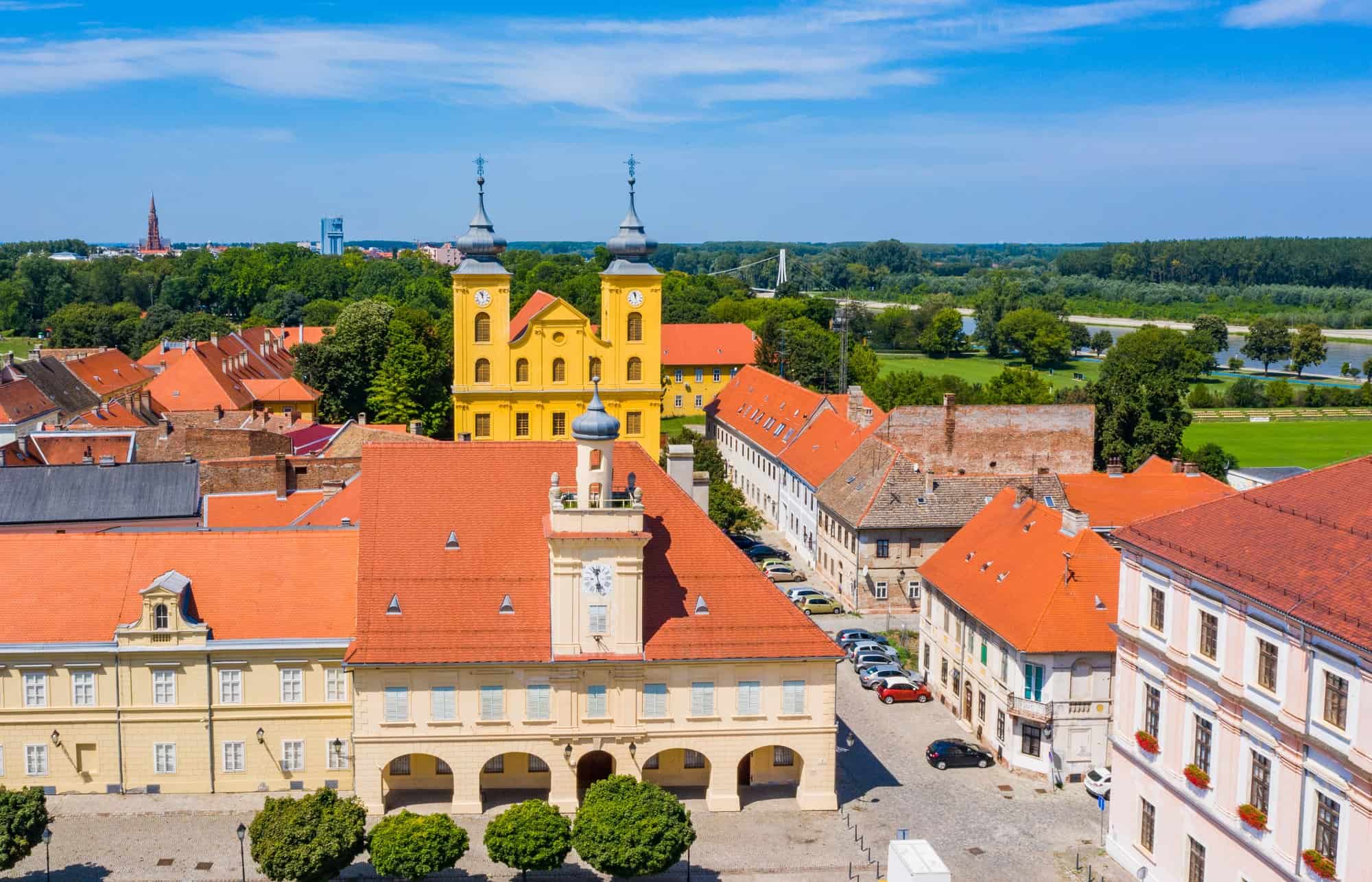
While English is spoken, Serbian and Hungarian are also common.
The city is full of green space and parks, with a focus on sports and activities.
The cuisine highlights pasta and local game with a variety of Eastern European influences and pairs well with the local brews: Osječko and Esseker.
Osijek has a large modern shopping mall, Portanova, which generates domestic tourism.
Real estate in Osijek tends to be older but remodeled, and the Tvrdja area is a social and residential hub for expats, locals, university students, and young professionals.
Osijek has the only tram system outside of Zagreb. The city is well-connected to the rest of Croatia by rail and road, along with an international airport primarily with routes to/from Germany.
Osijek also has a few private hospitals and clinics.
Adriatic Croatia
Croatia’s coastline is divided between the Istria Peninsula and Dalmatia.
The coast is renowned for its beach lifestyle, superyacht communities, and luxury real estate for Croatia’s residency-by-investment programs.
The Adriatic hosts almost 60 marinas, with nearly half of them members of the prestigious ACI Club.
As Croatia was a pioneer in Europe’s nudism lifestyle, there are nearly 20 nudist options up and down the coast.
3. Split - the crown jewel
Croatia’s second-largest city, Split, is a modern, historical, and current go-to for the luxury Adriatic lifestyle.
For many expats, Split is the best full-service year-round option.
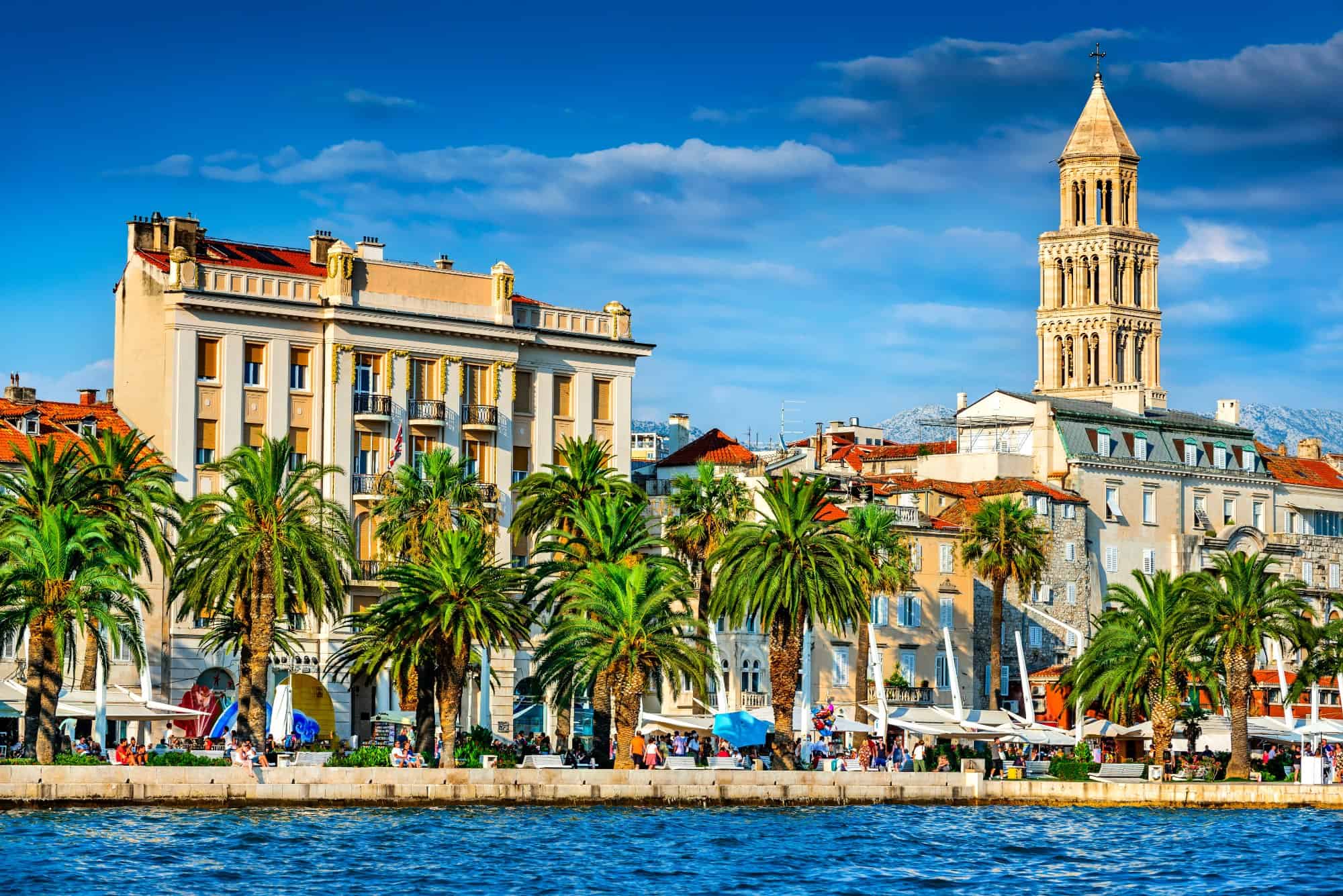
Split’s expat community is primarily German, but the city is also an Erasmus destination.
Though it is cheaper here than in Zagreb, prices do rise approximately 10-20% during the summer tourist season, and some areas close out of season.
While an annual lease can be difficult to find in some areas, a 1-bedroom within walking distance to the sea averages $600-800/550-730€ a month.
Most real estate in Split is either refurbished or modern construction for the luxury market, and villas reach the high six figures.
Traditional Croatian and Mediterranean cuisine are the most common. Kanoba Marjan highlights seafood that left the Adriatic just hours before it’s served and is among the most difficult reservations to get in Split.
Insider Tip: Villa Spiza is arguably one of the best gastronomic experiences along the Adriatic, as well as one of the most difficult tables to secure. Each day the menu changes depending upon what the Adriatic supplies, and when the food runs out, the doors close. It's first-come-first-serve, as they don’t accept reservations.
Split is known as a beach town, and Bačvice Beach is the epicenter of life, while Ovčice Beach is a bit secluded for peace and quiet.
There is an international airport, train station, ferry port, and bus station.
Split is organized as a network of plazas, and public transport is functional between them, but not much else. Taxis are extremely expensive, and more so during the summer.
The Mall of Split is the largest modern shopping center on the coast.
Split International School is the only option if you have children. There are several private hospitals and a medical helicopter service for emergencies.
Coworking spaces are throughout the city, and the internet is stable and reliable. However, choosing one of the best providers is recommended due to the traffic from summer tourism.
Split is the most LGBTQ-tolerant city and has its own annual Pride parade.
4. Rijeka - city of festivals
Croatia’s third-largest city, main commercial seaport, gateway to the islands, and the 2020 European Capital of Culture.
Rijeka is known for two things: shipbuilding and Croatia’s carnival.
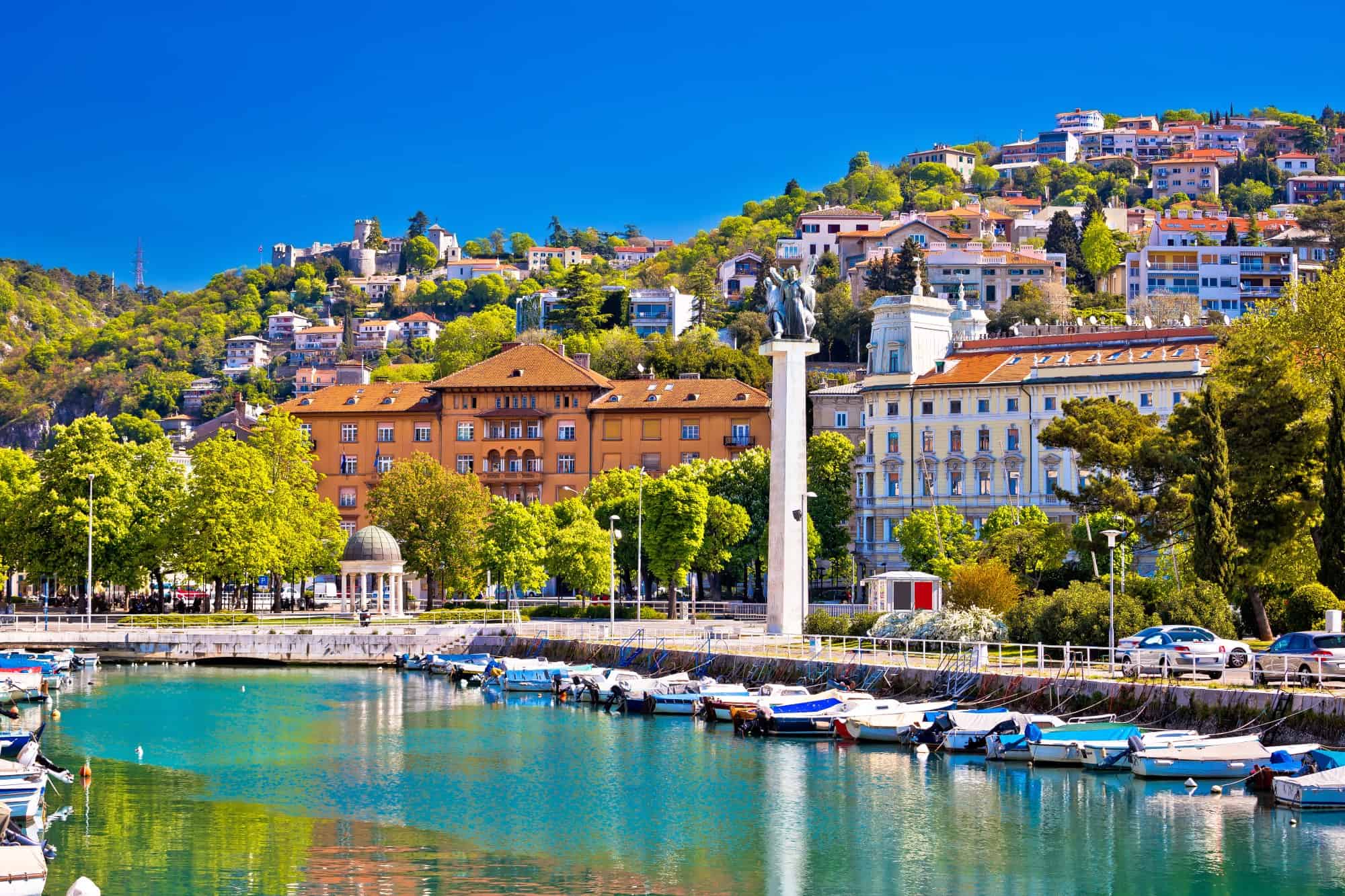
Though Rijeka is a bit gritty, it’s a modern urban center that flies under the radar due to the developed luxury markets along the coast.
With that in mind, Rijeka is poised to potentially be the next big investment hub making it one of the best areas to consider for the residency by investment program.
Between Rijeka and the Istrian town of Ičići, 30 minutes away, newly built 4-bedroom+ villas with a pool within walking distance to the sea can be found, averaging half a million.
The international airport primarily serves routes to/from Germany and Poland, a ferry port, a rail station, and a bus station.
Rijeka has several private medical institutions, a couple of shopping malls, and an Italian secondary school, as the expat presence is small and near exclusively Italian.
5. Dubrovnik - the capital of the seven kingdoms
King’s Landing in Game of Thrones is Dubrovnik. No special effects or changes were needed: the show depicted the real Dubrovnik (except for the dragons!).
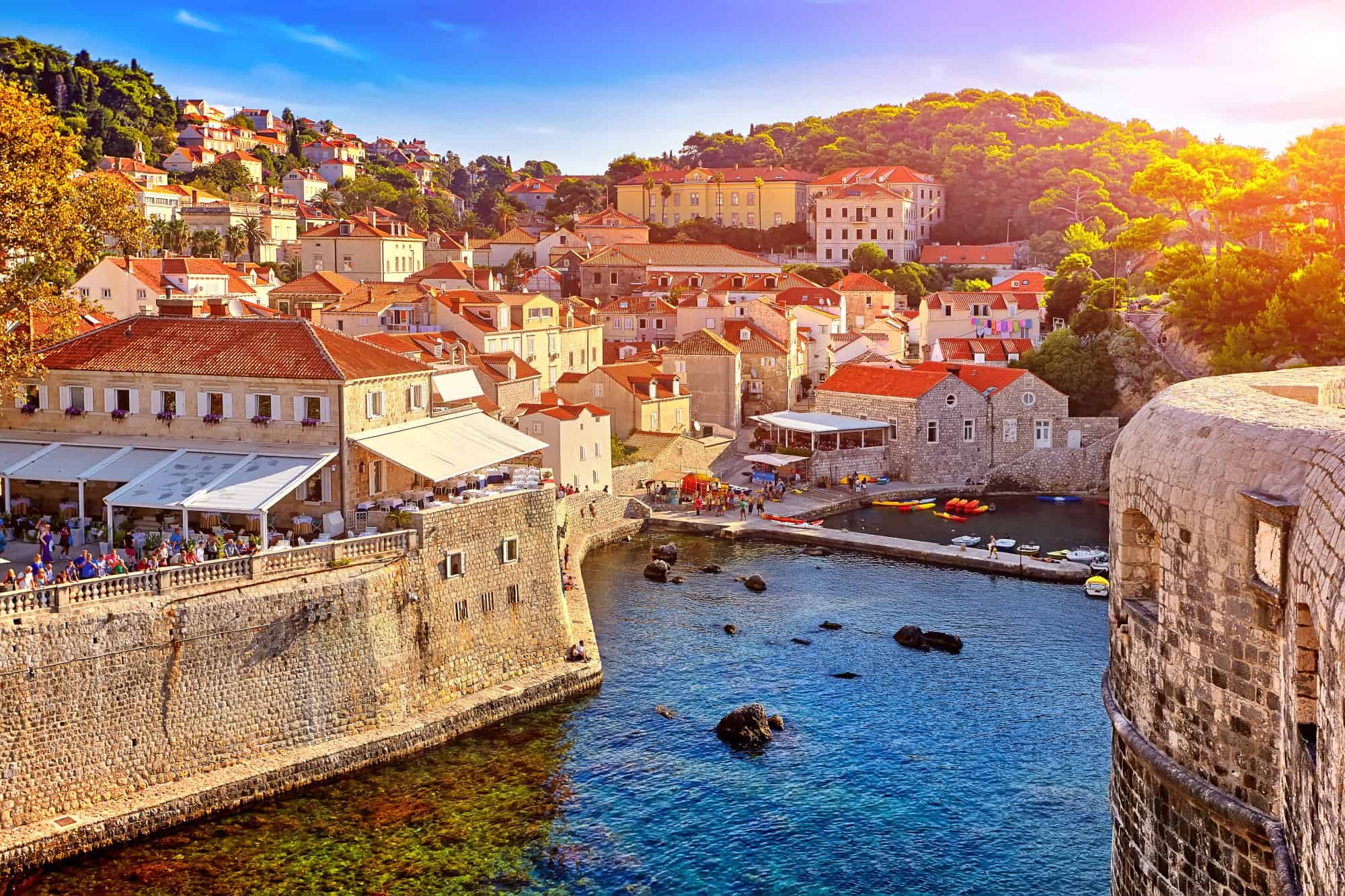
Modern-day Dubrovnik has found a way to seamlessly connect Croatia’s past with its future staying unchanged for centuries while never being out of style.
Dubrovnik has an international airport and ferry port. It is well-connected by a bus service but has no rail service.
There are a few private hospitals and clinics.
In Dubrovnik’s Old Town is Restaurant 360. A Michelin-star restaurant where you can enjoy your meal sitting along the top of the city walls.
Dubrovnik can be the most difficult for securing an annual lease, and real estate prices fluctuate immensely depending on age, location, and amenities.
A refurbished 2-bedroom on/near the beach can easily demand between $220,000-550,000/199.000-499.000€. Luxury villas go into the millions.
Dubrovnik has a small expat community, which is mostly made up of retirees and foreigners who married Croatian citizens.
Coworking space can be challenging to find.
6. Pula - heaven on Earth
Croatian legend states, ‘The Maker intended to shape a part of the Earth to the image of Heaven. That is how Istria came into being’
And once you visit Pula, you’ll believe that it’s true.

At the tip of the Istria peninsula, Pula is a very Mediterranean city with a Roman past.
The Pula Arena, the most complete Roman Colosseum left on Earth, is a near replica of the Colosseum in Rome.
Pula is central to Croatia’s winemaking, gastronomic traditions, Adriatic history, biodiversity, and culture.
Brijuni National Park is a string of small islands that create an entire nature reserve, complete with a safari park, golf course, bird park, and a 1600-year-old olive tree.
Pula has a small expat community (mostly Italian and retirees). By car, it is approximately a 5-hour drive from Zagreb or Split but only an hour to Slovenia and a 2-hour drive to Italy.
Insider Tip: 45-minute drive up the coast is Rovinj, a small fishing and tourist town. Officially bi-lingual with both Italian and Croatian. Rovinj has Istria’s only Michelin-star restaurants, Monte and Agli Amici Rovinj.
Epulon Food & Wine is genuine Istrian fine dining and a favorite of locals, expats, and tourists, as well as being considered an LGTBQ-friendly spot.
Pula has private hospitals and clinics and a couple of large shopping malls.
Over the past several years, Pula’s real estate market has become increasingly more attractive for the residency-by-investment programs, and two bedrooms can easily exceed $250,000/200.000€.
7. Zadar - under the radar
Between Pula and Split, Zadar is a sea lovers’ destination.
A full-service year-round city, Zadar has much to offer without being overly dependent on or saturated with the tourist economy.
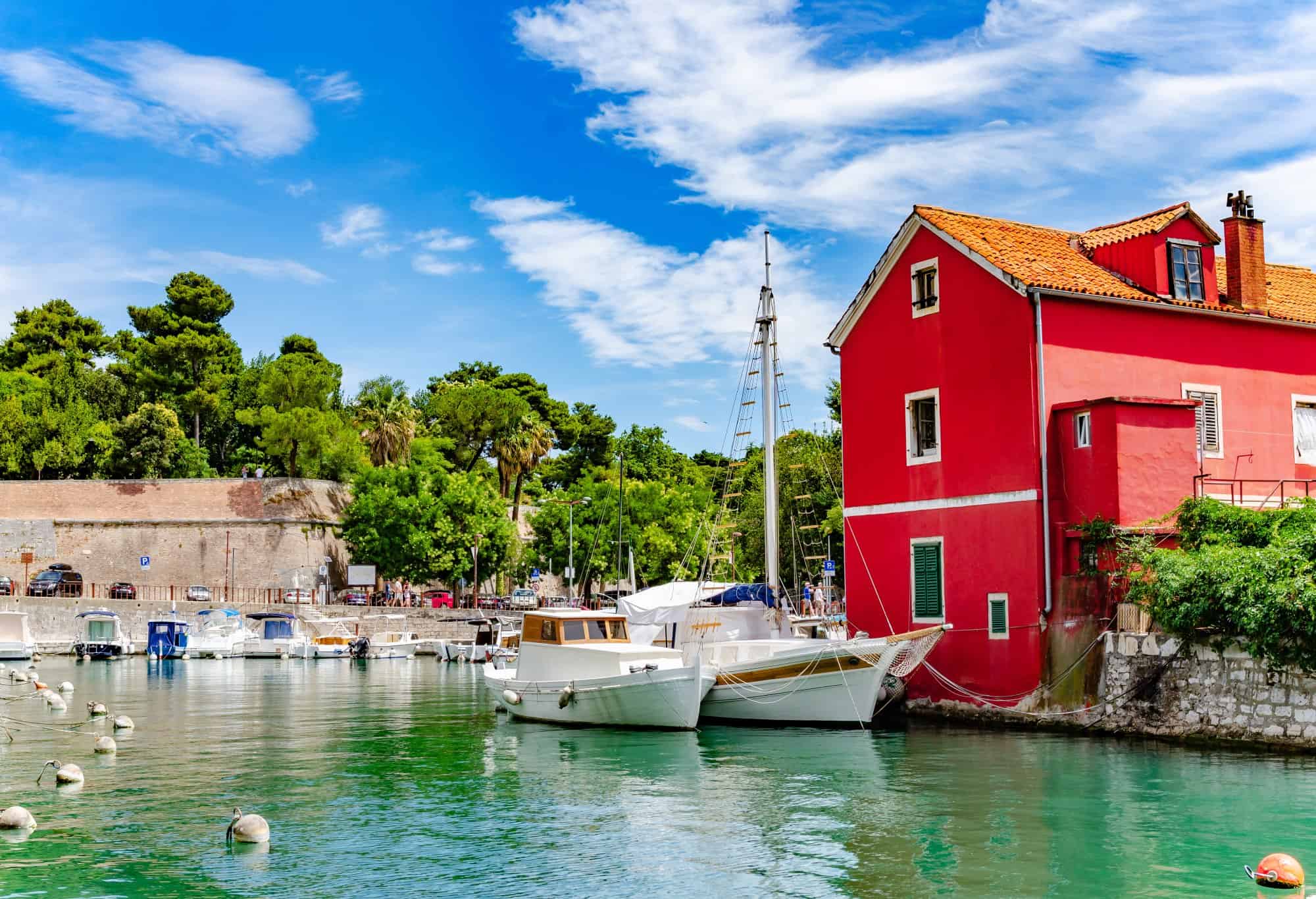
There is an international expat presence as the city is well-connected and approximately a 2-hour drive from Split and 3.5 hours from Zagreb.
Zadar’s ferry port runs routes to Italy, and the international airport connects to over 50 European destinations, but mostly seasonal routes.
Off the coast are 300 islands, and just south of the city center is D-Marin Dalmacija, Croatia’s largest superyacht marina.
On the island of Peg is Boškinac, a Michelin-star restaurant and hotel and one of the few places the Michelin guide comments on the breakfast.
Insider Tip: Digital Nomad Valley Zadar (aka Zadar Valley) is Croatia’s first digital nomad village. Zadar Valley provides accommodation, gym & pool, co-working space, and collab events. Digital nomads must commit to a minimum of a 2-week stay with prices starting at $150/130€ per week.
Zadar has private hospitals and clinics, including plastic/cosmetic surgery.
There are several large shopping malls, including the award-winning Zadar City Galleria.
Currently experiencing a boom in luxury real estate, most apartments are being sold during construction. A 2-bedroom unit is averaging $250,000/ 225.000€.
If you’re willing to live a few miles outside the city center and away from the beach, you can find 3-bedroom/3-bathroom houses with a pool for the same price.
Zadar is also a developing LGBTQ-friendly destination.
8. Hvar - the Adriatic queen
Croatia is known as the land of 1000 islands, but less than 50 are populated, mostly by families who have lived there for generations, and only three have real expat and digital nomad potential.
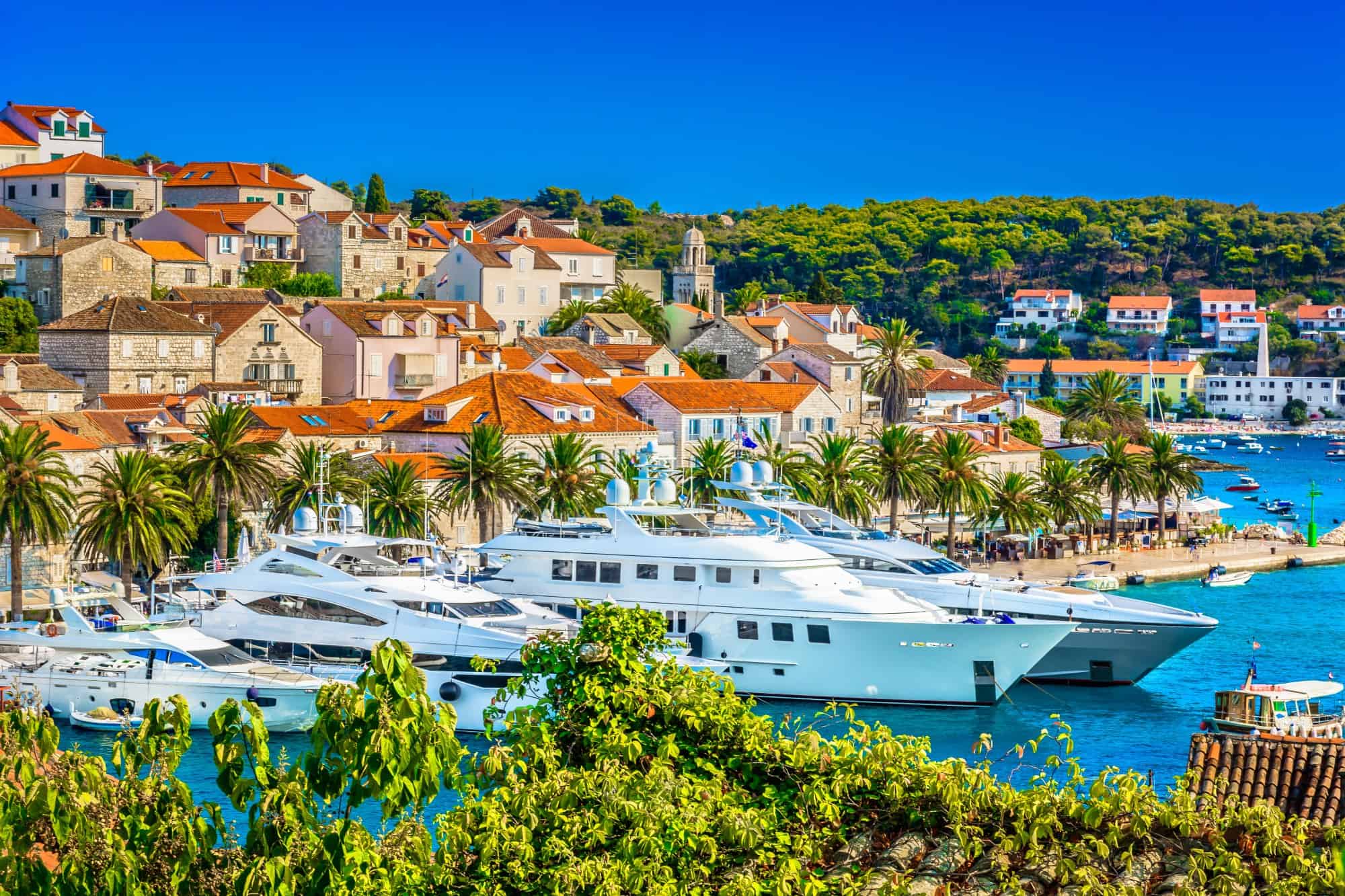
The islands present many challenges for expats, available real estate and connectivity being the two primary ones.
Of the three (Hvar, Korčula, and Brač), Hvar stands out, specifically for affluent retirees, the superyacht community, and HENRYs (high earners, not rich yet) looking for residency by investment property.
Along with Hvar’s crystal-clear waters, dense pine forests, incredible peaks, and some of the best stargazing in Europe, it’s one of the Adriatic’s most fashionable superyacht communities.
Hvar’s Hula Hula Beach and Stipanska Beach on nearby Marinkovac Island are known for their dynamic nightlife during the summer.
Along the lines of Tivat, residentially, Hvar is luxury-focused, and everything else is approached as an element of the tourist economy. When available, a 1-bedroom apartment begins at $220,000/ 200.000€.
The best places to live in Croatia - summary
Each of Croatia’s cities offers the ability to be immersed in the country’s culture while never being removed from its vision for the future. Whether you prefer the coast or the capital, from budget to luxury, if you are moving to Croatia, you will find the place that is perfect for you.
Of course, not everything is perfect here. Known primarily as a tourist magnet, Croatia needs to move closer to fully embracing foreigners as residents instead of seasonal guests.
The country has some work to do, but it's still a good time for expats and digital nomads to experience what Croatia has to offer, as there aren’t many groundfloors left in the EU.
Other Balkan destinations to consider:
You might find useful:
- Living In Croatia As An Expat
- Didn’t find what you were looking for or need further advice? Comment with your question below, and we will do our best to help.
Secure Peace of Mind with Best-Value International Health Coverage
International Citizens Insurance provide free, no-obligation quotes from the leading international health insurance providers with plans tailored to meet your needs. Trusted by thousands of expats worldwide.




